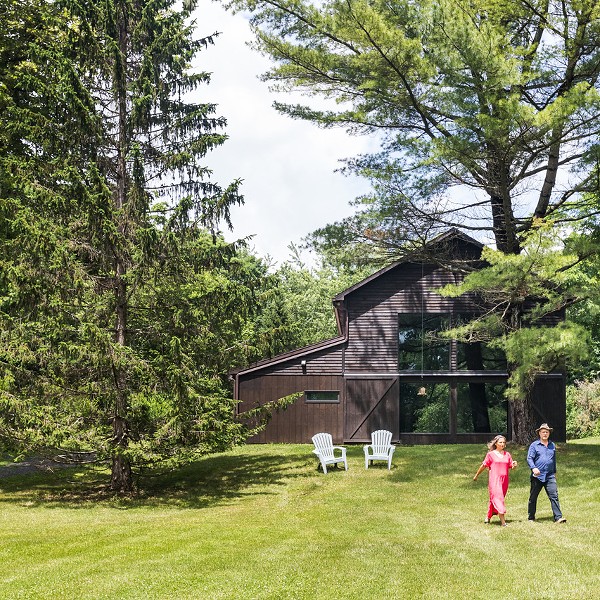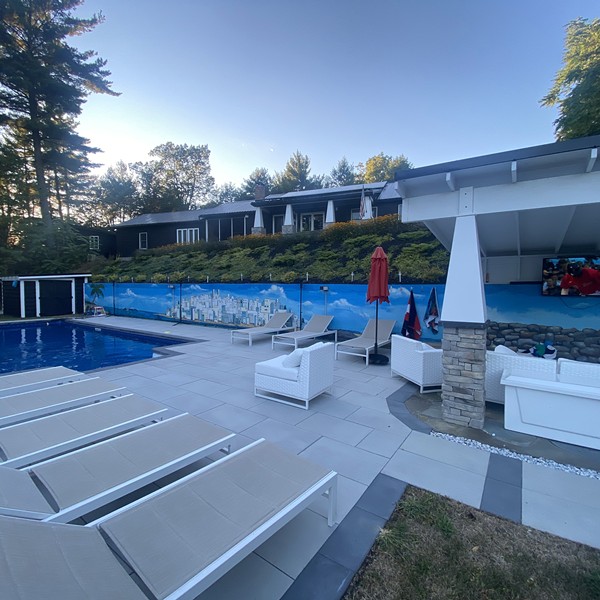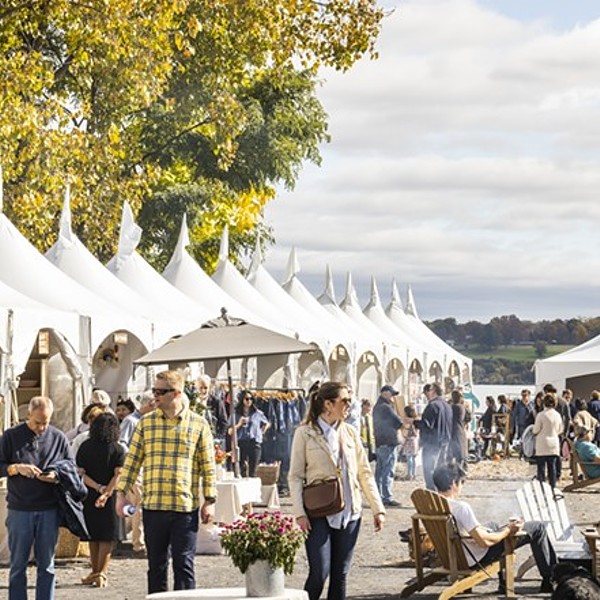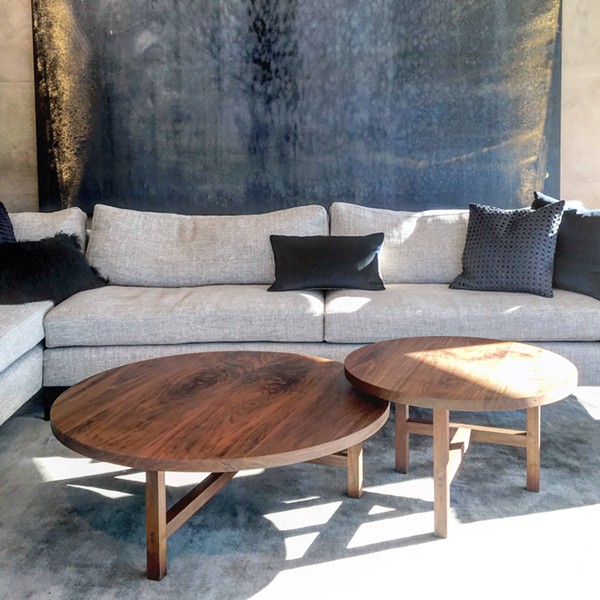The space we live in says a lot about us as a person, but sometimes it ends up translating the wrong message. For example, the fact that you’re an eclectic, worldly traveler might be disguised by the reality that your living space is an unorganized collection of foreign curios more numerous and varied than the wares at Istanbul’s Grand Bazaar. Or maybe you married someone with a totally different aesthetic, and what looks like a blatant disregard for continuity in design in your home is actually an ongoing debate about contemporary style versus country cottage charm. Whatever the dilemma, it is possible to organize and merge an array of items and tastes in décor under one roof. With a little help from professional interior designers and a couple of distinctive local home shops, Chronogram culled expert advice to have your space looking polished and purposeful while still maintaining a sense of diversity.
Taking Stock
The first step to creating a cohesive look in your home is to take an inventory of what you already have. Determine which items you’ll be using in the space and take note of their size, shape, and color. Those three characteristics are the building blocks of design, says Helen Piteo-Varrone of Helen Piteo Interiors in Wappingers Falls. “If you take those elements and try to match the personalities of those aspects in lieu of particular styles, it can work,” she says.
Examine all the pieces you want to incorporate into your home. Sometimes items that seem like polar opposites on first glance can actually work well together and set each other off. Piteo-Varrone uses a carved French antique chair and a rustic copper side table from Montana as an example. The two seemingly disparate pieces can actually complement each other if the color tones are similar and the lines are contoured right. “It’s really not about the style per se, it’s about taking each individual piece and grouping it together with something that complements its size, color, and shape,” she says. “That really comes into play with almost everything we do in design.”
At this point, you might want to start trying to refine what you have. Jane Henderson, an interior designer with FW Interior Design in Wappingers Falls, says that she’ll ask her clients to evaluate which pieces they can’t live without. “Once you decide what pieces are crucial, it creates a road map for the rest of the design and can start to dictate a style,” she explains, “for example, combining a family antique chest with a midcentury modern mirror.”
Scaling back may not be very fun, but Laura Gould, a former interior designer who now owns the shop Sanctuary Home in downtown Nyack, says some editing may be necessary. “You have to find what doesn’t work,” she says, and then eliminate it from your design plans. If you live with a significant other or have a housemate, this is the time when you should try to find a common ground or accept some compromise to best fuse your decorating personalities. When in doubt, Gould recommends letting the space offer cues. “Different spaces dictate the style,” she says. “You have to let that speak to you and be honest enough to see what the vision is through the style of the home and the space.”
Gould went through this process when she and her husband moved from a George Washington-era home filled with Victorian touches to a duplication of an Austrian chateau that was more suited to another style. But don’t think that the some of the European aspects of her new home means that she can only furnish it with items that represent that part of the world—she mixed and matched contemporary custom lighting with the European carved woodwork, Mongolian and Tibetan chests, and exotic Moroccan furniture made with camel bone and tooled metal.
To help further define the desired end result, both Piteo-Varrone and Henderson often ask their clients to create a folder of images from magazines or catalogs that typify the kind of space they want to create. This gives clues as to what color schemes are preferred, what lines and curves are favored on furniture, and whether you like rooms that are sparse in accessory or more full. “This exercise gives me some direction as a designer and it can serve the same purpose for anyone trying to tackle a DIY project,” says Henderson.
















